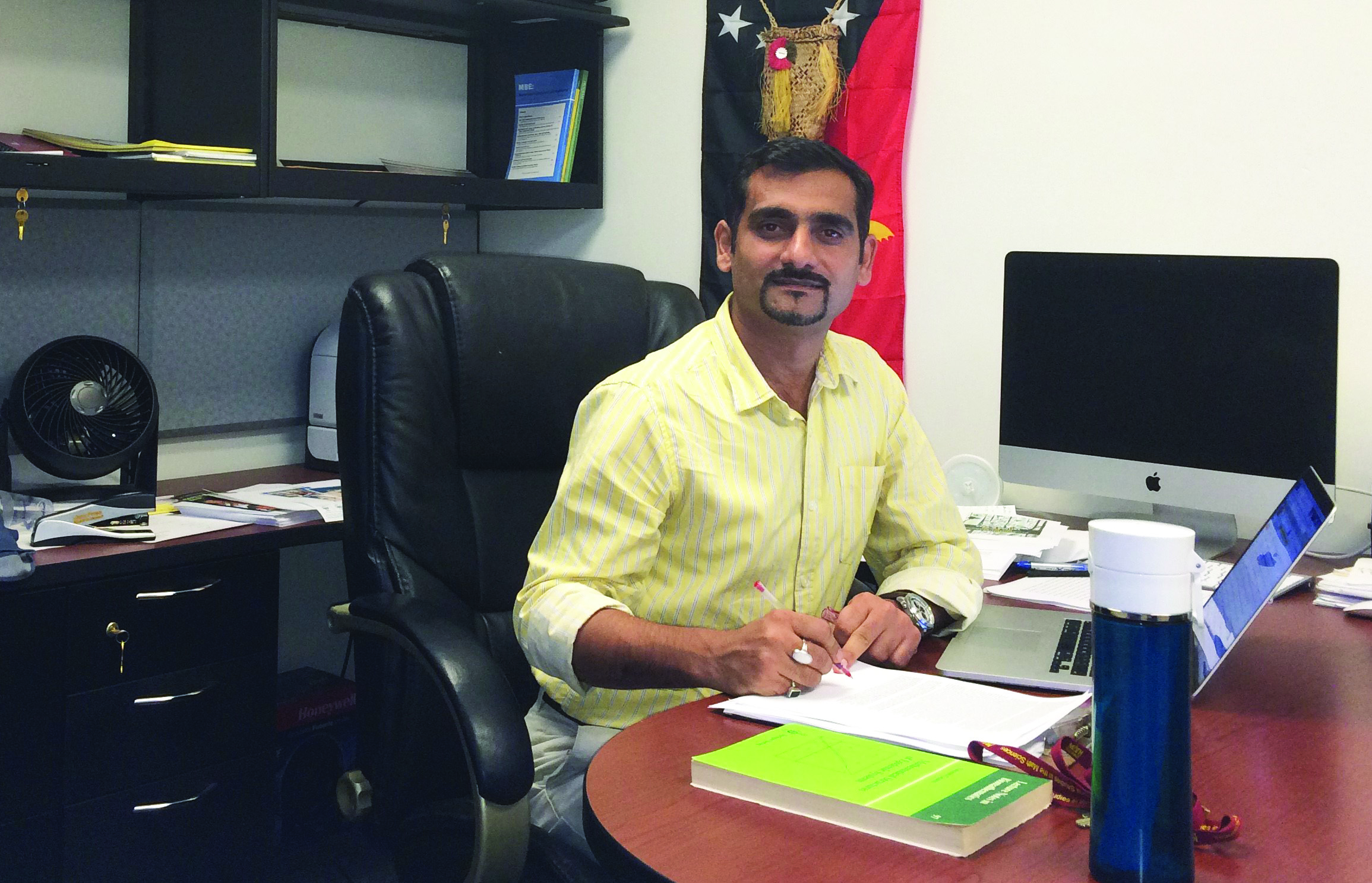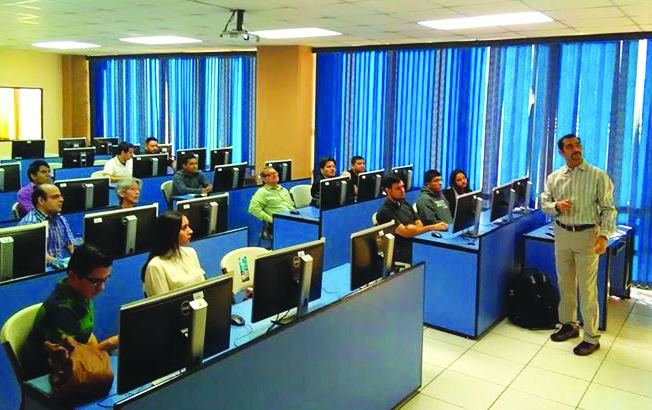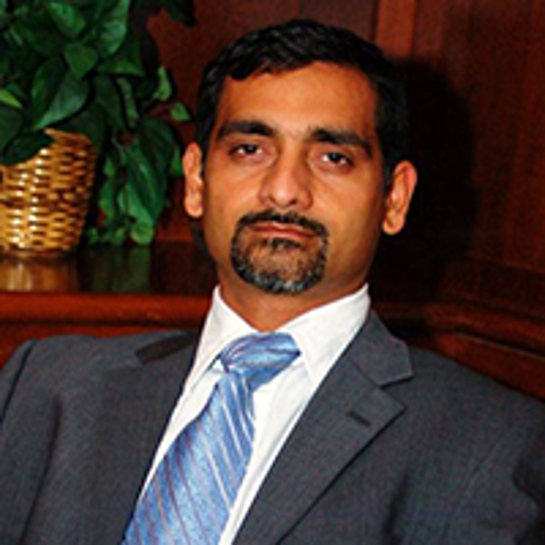Transitioning from Academia to the Healthcare Industry
Embracing a Career Change and Interdisciplinary Practical Thinking
I consider myself to be an experienced health decision analyst and mathematical modeler. Appropriate interdisciplinary mathematical modeling techniques for complex systems can remove the mystery, randomness, and powerlessness from various real-life scenarios, including deadly and destructive infectious outbreaks. Because these methods are important for public health preparedness, they are in high demand in today’s workforce.
My interests and thinking closely align with a sentiment of renowned mathematician Carl Friedrich Gauss: “Surely it is not knowledge, but learning; not owning but earning; not being there, but getting there that gives us the greatest pleasure.” I obtained my Ph.D. in applied mathematics from Arizona State University (ASU), where I studied stochastic processes and dynamical systems. A strong foundation in these approaches deepened my understanding of computational modeling and data analytical methods, which I routinely apply in my work in the public health and social science fields. My research applications focus on the ecology of infectious diseases, epidemiology, and health economics, and the questions that drive my interests lie at the intersection of public health, medicine, and the life and social sciences. These questions are shaped by the use of mathematical modeling to control infectious diseases and have helped advance society’s understanding of the complexities of new and emerging outbreaks. They have also led to a timely evaluation of interventions, drastically helping to mitigate mortality and morbidity rates. I am particularly interested in exploring infectious disease dynamics over multiple temporal and spatial scales and levels of organization, and conducting economic analyses for health interventions for diverse populations from a number of different perspectives.
After more than a decade of experience in academia, I recently transitioned to the healthcare industry and joined PRECISIONheor, which is a member of a family of companies of Precision Medicine Group — a leader in the field of medical sciences. I am an associate director in PRECISIONheor’s Advanced Modeling Group, where I lead a highly qualified team of applied mathematicians, data analysts, and health economists who provide key insights into the healthcare sector. I also hold visiting faculty positions in the Department of Mathematics at Illinois State University (ISU), ASU’s College of Health Sciences, and the Prevention Research Center in Berkeley, Calif.

During my time as an academician, I directly mentored over 105 students — more than half of whom were underrepresented minorities. I strongly believe that the pursuit of knowledge and understanding is enriched by an environment wherein people of diverse backgrounds learn from each other and participate in free and genuine exchanges of ideas. As I continue my career in a new sector, I remain committed to teaching, mentoring, and advising in numerous local and national programs for minority students and colleges, including ISU's Intercollegiate Biomathematics Alliance and Purdue University's National Alliance for Doctoral Studies in the Mathematical Sciences. I will also continue to conduct seminars at various scientific events around the world and collaborate directly with the leading governmental, educational, and healthcare sectors in Colombia, Ecuador, India, Peru, Portugal, and the U.S. to broadly and effectively put disease-related models into action.
In academia, individuals naturally gain valuable experience with critical thinking, the scientific method, technical writing, conceptual modeling, and independent research. These skills are all beneficial in industry settings. However, anyone transitioning to industry must also be adept at leadership, entrepreneurship, interpersonal relations, and project management on a short time frame. When making this move, it is important to become familiar with the necessary methods and tools for the position and organization in question, and know how to remain productive while simultaneously learning from peers.
Although I was initially skeptical, my transition from academia to industry was extremely smooth. The type of work I do remains somewhat similar — I am still conducting research, partaking in interdisciplinary collaborations, developing mathematical modeling methods, applying data analysis techniques, and mentoring. I was fortunate to find a perfect fit within a company that directly aligns with my interests. In my experience, PRECISIONheor is like a semi-academic institution in that it promotes research publications in scientific journals, professional development through technical conferences, and hands-on experience with rigorous mathematical modeling methods. Most of the industrial projects with which I have been involved incorporate mathematical modeling components and have applications in the pharmaceutical and healthcare industries. The key difference between my academic and industry life is teaching, though I can still teach part time through my adjunct affiliations at ISU and ASU.

PRECISIONheor is a world leader in the generation of strategic, innovative, and credible evidence that supports the development and commercialization of novel healthcare innovations. The company is renowned for its unparalleled expertise in evidence synthesis, economic modeling, and real-world data analysis, as well as its ability to deliver timely academic insights that answer the demands of all stakeholders — from payers to policymakers. I chose to transition from academia to industry because I was looking for a new challenge and different responsibilities. I wanted to evolve my skill set from theoretical to practical, with direct implications for society, and have since realized that the change from academia to industry affects the style of work and thinking more than the actual tasks themselves. While working with cohorts and real data, I have found that industry positions generally seem to allow more flexibility to grow and evolve than academia. For example, I enjoy a high degree of freedom when selecting projects, planning research methodologies, and entertaining the possibility of publication.
A typical day in the life of a research scientist in the healthcare industry involves multiple components, including attending project meetings with team members, preparing materials for client update meetings, and working on individual projects. During meetings, we discuss a project’s technicality, generate presentation documents, and write reports — all of which help us explain findings to our clients and incorporate feedback. Directors normally give the project teams full responsibility for developing recommendations and executing projects on a day-to-day basis, which makes my job both challenging and rewarding. Some of my responsibilities include preparing the necessary coding for a program to run an analysis and meeting with project leaders to review insights from the analysis and assess client suggestions. We then conduct a more detailed review once the analysis is complete and the final document is drafted.
It is common for someone with a background in academia to need some time to adjust to the particular demands of industry work, especially in terms of client communication. It can be difficult to adapt to the comprehension level of clients; applied mathematicians tend to have a very strong analytical and theoretical knowledge base, whereas our clients have a much broader, practical background. When things go as planned, we clock 40 to 50 hours a week, but the occasional time crunch from a client can easily result in 12-hour days. PRECISIONheor is strongly committed to avoiding long hours for its employees, though compliance is largely the responsibility of the employees themselves. This type of time management requires careful planning and occasionally standing our ground with clients to refrain from committing to unreasonable deliverables.
Although I have transitioned to industry and greatly enjoy my work with PRECISIONheor, I continue to remain active in professional academic networks. I am widely involved in many communities, such as journal editorial boards, webinar committees, and research organizations. Maintaining a connection to my academic networks has created a support system that allows me to continually grow and learn while simultaneously providing me with opportunities to teach, mentor, and help those who are just starting their careers. Retaining my excitement for learning new concepts and methods likely contributed to my smooth transition, which has been an absolute pleasure.
About the Author
Anuj Mubayi
Fellow in Residence, Intercollegiate Biomathematics Alliance
Anuj Mubayi is a Fellow in Residence for the Intercollegiate Biomathematics Alliance, which is housed at Illinois State University; an honorary fellow at the Kalam Institute of Health Technology in India; an adjunct faculty member in the Department of Mathematics and Computer Science at the Sri Sathya Sai Institute of Higher Learning in India; and a scientific advisor for Kalam Experts, a healthcare consulting company. Mubayi previously served as director of the Mathematical and Theoretical Biology Institute’s Research Experiences for Undergraduates program. His expertise lies in health decision science and encompasses health economics, data-driven disease modeling, and real-world evidence generation.

Stay Up-to-Date with Email Alerts
Sign up for our monthly newsletter and emails about other topics of your choosing.



